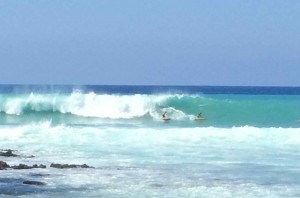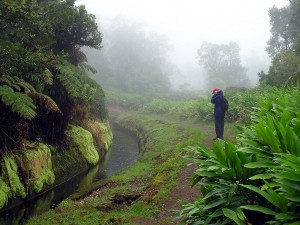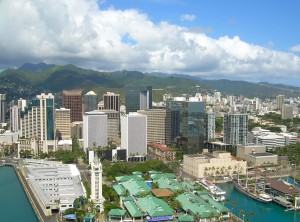ANALYSIS: How Much of Hawai`i is “Concrete”?
The old saying that “land is power” is still relevant today, and it is particularly true out here in the middle of the Pacific, where Hawai`i represents one of the smallest US states by land area.
Here’s a brief look at how land is distributed across the main Hawaiian islands, and how it is used.
Measuring Up
Collectively, the islands of Lanai, Ni`ihau and Kaho`olawe represent approximately the same total land area as the island of Moloka`i (260 square miles).
Kauai and Oahu are the next largest, at 552 and 597 square miles, respectively. Maui is the second-biggest in our island chain, at 727 square miles.
At 4,028 square miles, the Big Island is the hulking, lava-belching youngest child of our island family, roughly double in size to all the other Hawaiian islands combined.
But all of that turf (6,470 square miles to be exact) is of course surrounded by surf. Which leads us to a little-known, but incredibly powerful benefit the US government enjoys thanks to our status as state number 5-0:
Hawaii’s epic-in-size “Exclusive Economic Zone” (EEZ).
In 1983, then-President Ronald Reagan signed Proclamation 5030, which (at little cost to the US government) granted the USA full control over all living and non-living resources within 200 miles of US coastlines.
This means that in total, Hawai`i currently enjoys control over nearly a million square miles of Pacific Ocean resources. By comparison, the state of Texas has a total land area of around 269,000 square miles.
Concrete vs. Jungle
In the early 1960s, Hawaii’s State Land Use Commission effectively carved up all lands in the state into four distinct classifications.
They now comprise (by proportion of land area), rural (0.2%), urban (4.7%), agricultural (47%) and conservation lands (48%).
Conservation lands typically include forest and water reserve areas under control of the Department of Land and Natural Resources. Administering nearly half of all land in Hawai`i, the DLNR represents one of the most powerful state agencies in the nation, with a seven-member volunteer board appointed by the governor, and around 120 armed officers with full police powers.
Agricultural, urban, and rural lands are primarily administered at the county level.
So how much of each island could be considered “concrete”?
Housing nearly a million people (three-fourths of Hawaii’s population), the island of Oahu has a total land acreage of around 386,000, with approximately 100,000 acres dedicated to urban use (26%, the highest in the state by far).
Although it has the second-largest population in the state at 186,738 people, the Big Island could be considered the least “concrete,” with only around 2% of its 2,573,400 acres dedicated to urban use.
Maui is the second-most urban island in our state, with approximately 11% of its 750,000 acres carrying that designation. It also happens to be the third-most populated, with approximately 158,000 residents.
Kauai (one of our least-populated islands, at less than 70,000 people) is almost as rural as the Big Island, with approximately 3% of its 399,600 acres classified as “urban.”
Check back for part two of our land series, where we examine the largest landowners in the state of Hawai`i.


















